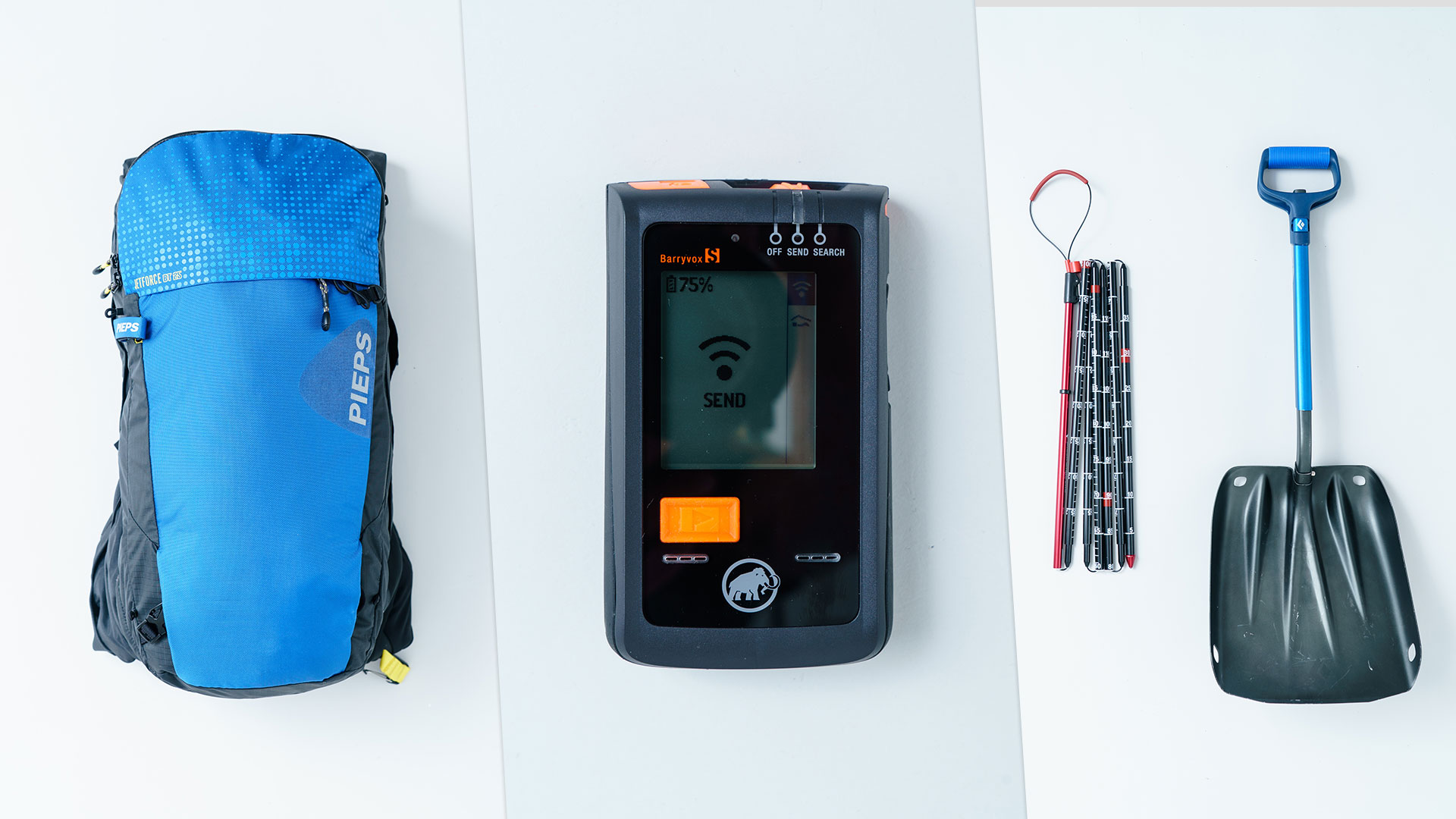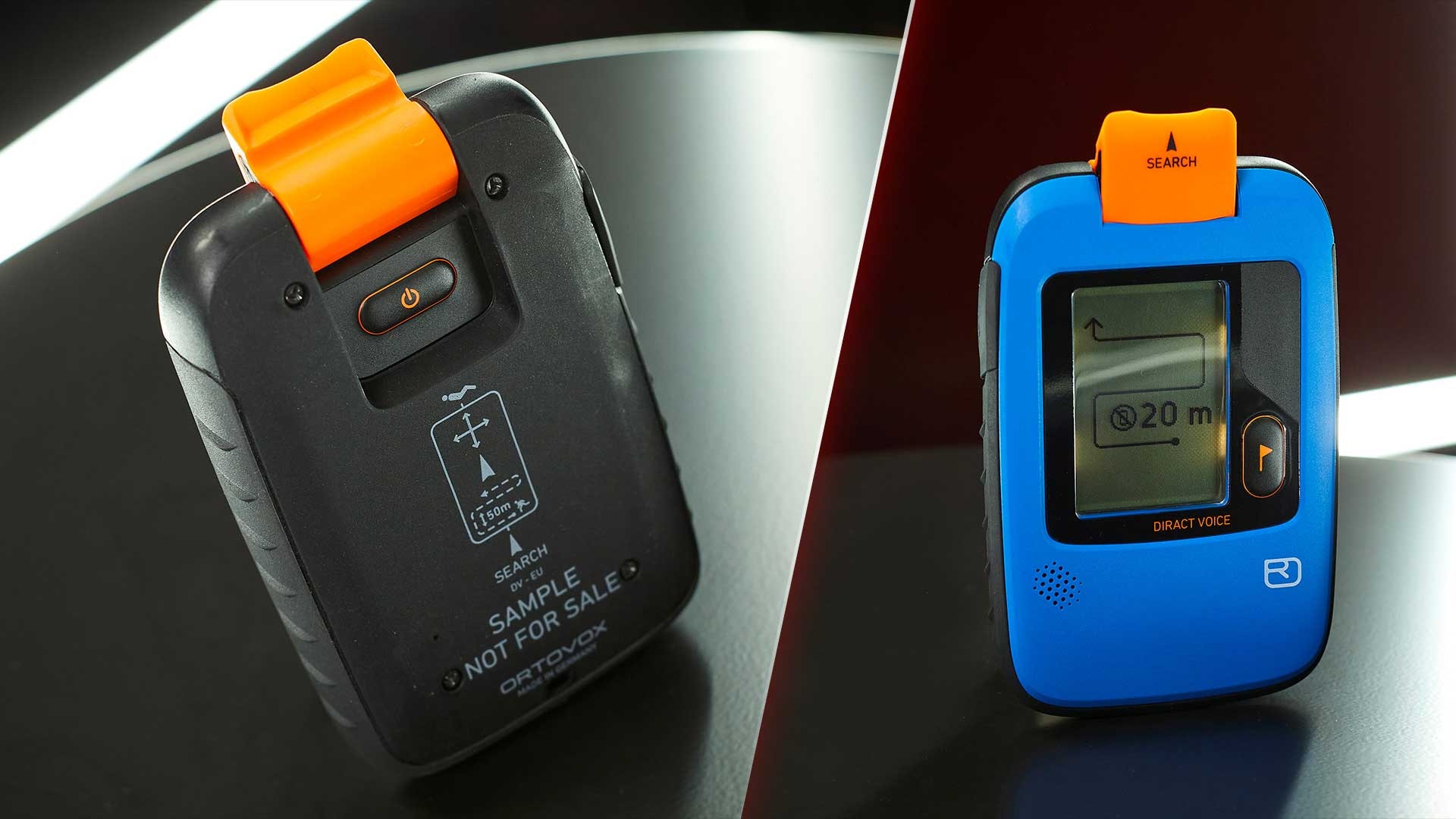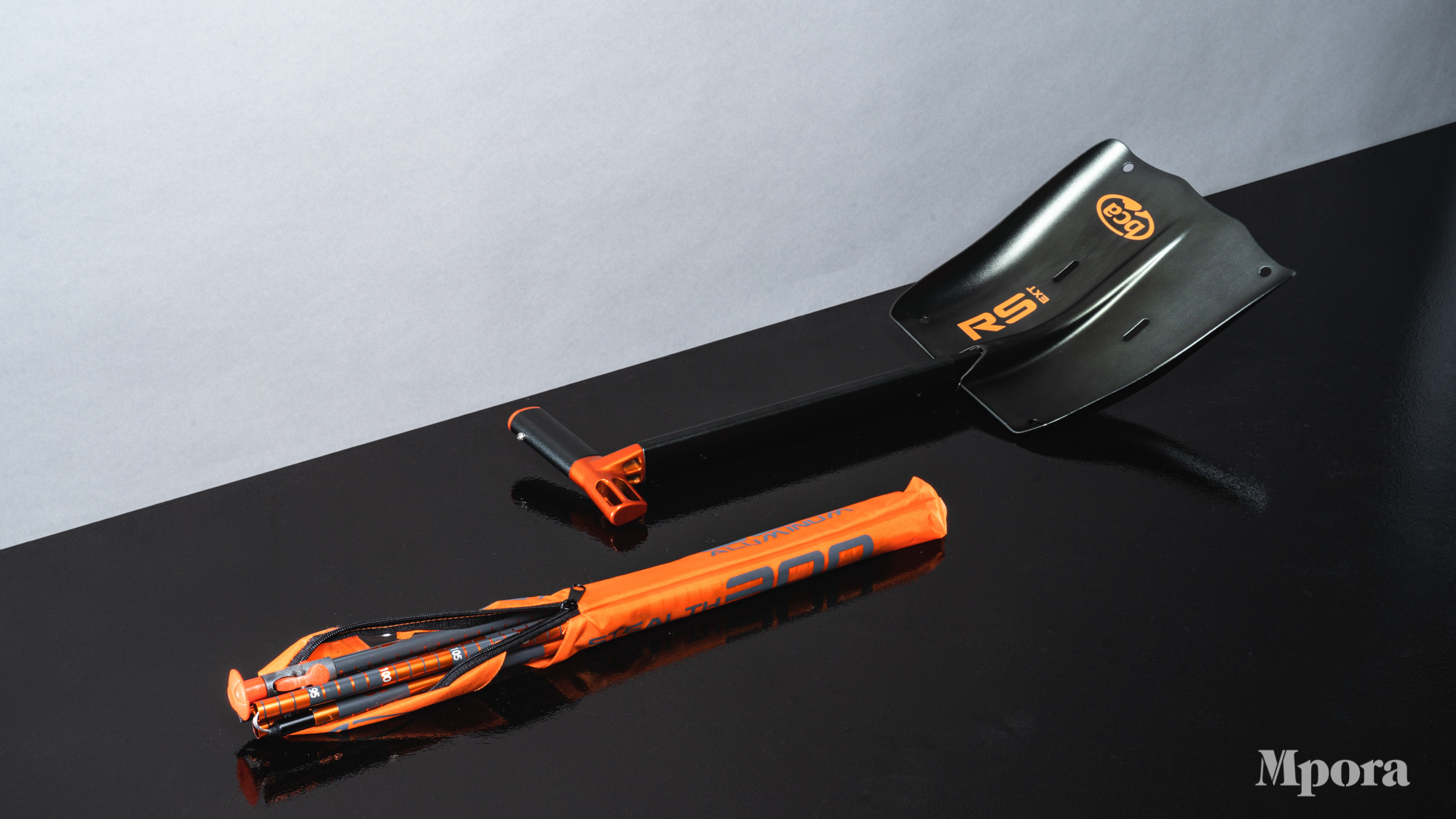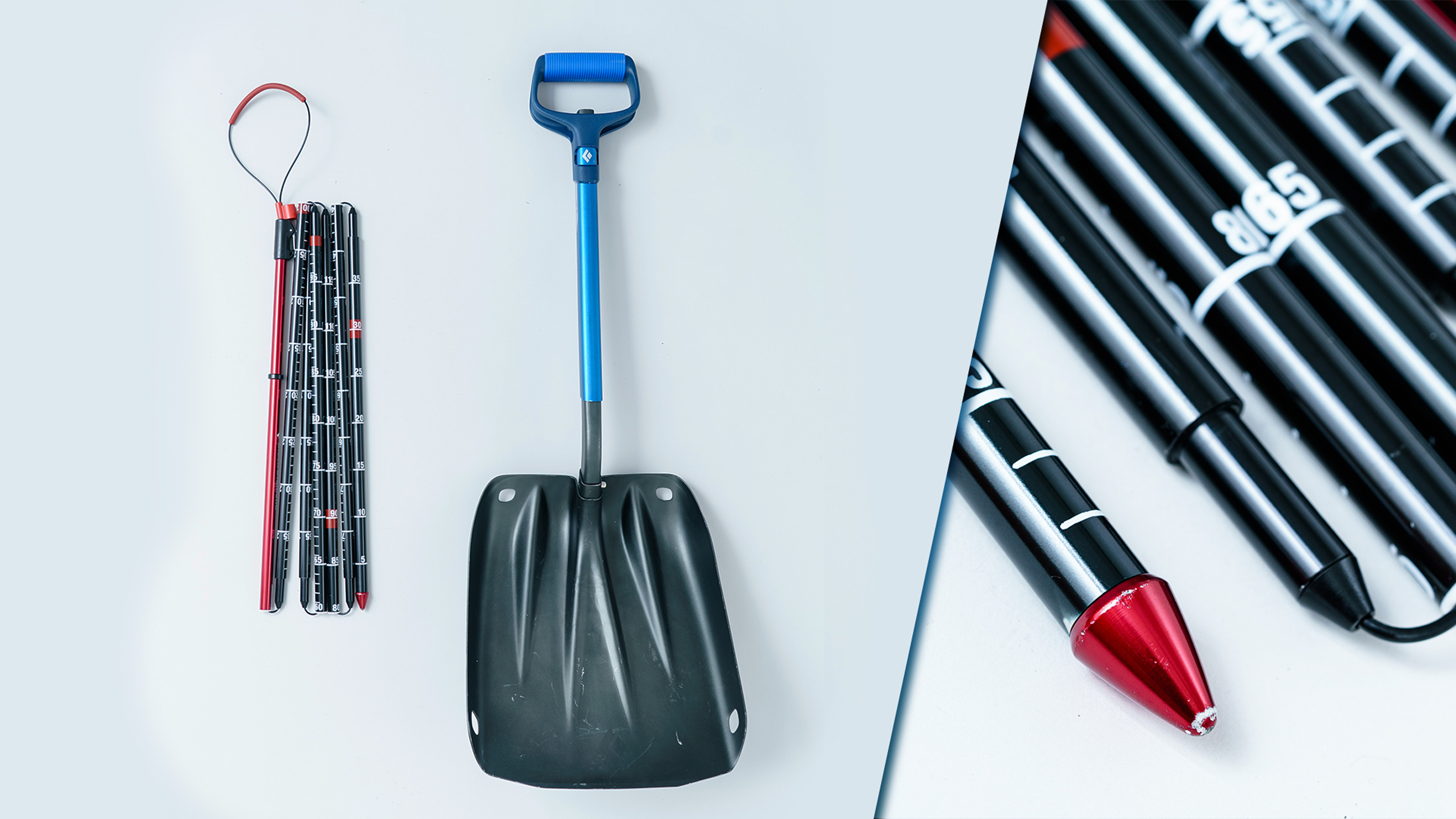90% of avalanche victims release the avalanche themselves, or have it released on them by a member of their group. It’s therefore vital that we are able to read and make decisions on snow stability and, in the event of an avalanche, have the correct avalanche safety equipment and training with us to carry out a companion rescue in efficient, potentially life-saving, time.
We’ve not selected this kit because of trends, or marketing pushes from the equipment brands, we’ve selected it based on its merits and ease of use when out in the backcountry.
“We’ve not selected this kit because of trends, or marketing pushes from the equipment brands”
When planning on heading out into the backcountry, your first thought should be on making the correct decisions to ensure yourself and your group are never putting each other in any unnecessary danger. After this planning, you should always ensure your safety equipment is correct and in full working order. The bare minimum of a transceiver, shovel, and probe should always be carried by each member of the group.
Saying that, it’s no good owning all of this equipment and not having a clue how to use it. Get yourself, and your mates, out there on an avalanche safety course to brush up on your skills. After this, ensure you’re always getting out there practicing rescue scenarios with your transceiver shovel and probe. You should be looking to refresh your skills on a monthly basis.










